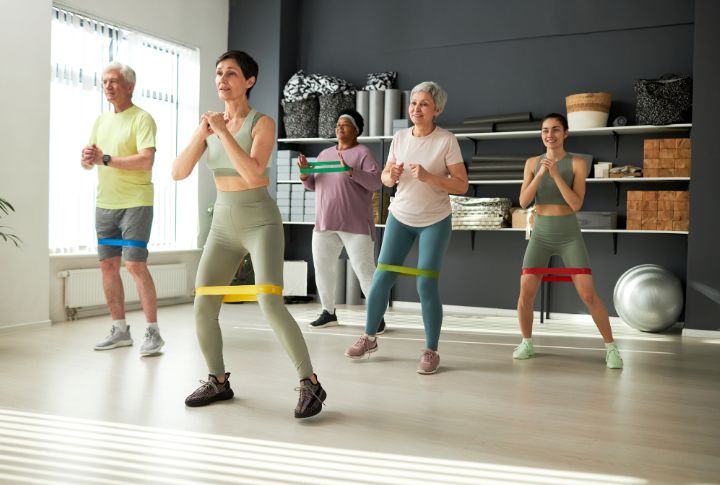
Staying fit and active is essential as we age. Regular exercise improves physical fitness and enhances mental well-being. However, finding the proper exercise routines that are safe, effective, and enjoyable can be a challenge. Read this guide to see 15 exercise routines tailored to help seniors to stay fit, healthy, and active. Maintaining health and independence is easy with these exercises incorporated into your daily routine.
Walking
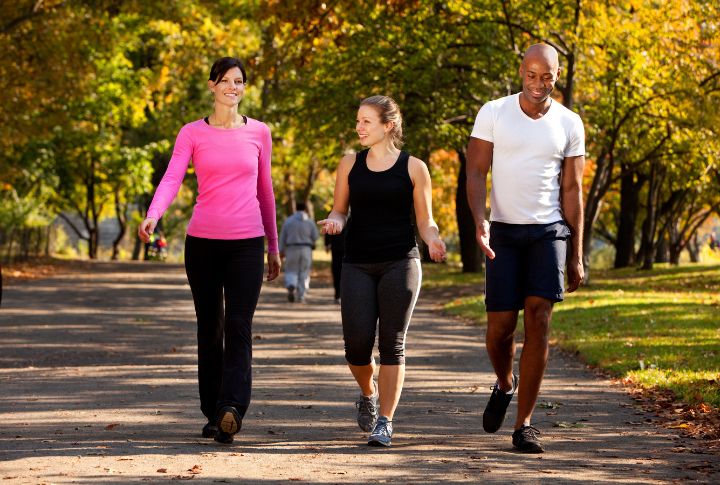
In addition to being low-impact, walking has a number of health benefits, and it is easy to incorporate into daily life. Regular brisk walking enhances cardiovascular health by increasing heart rate and circulation, which lowers stroke, heart disease, and high blood pressure risks. It also strengthens leg muscles, which help us remain mobile and independent as we age.
Water Aerobics
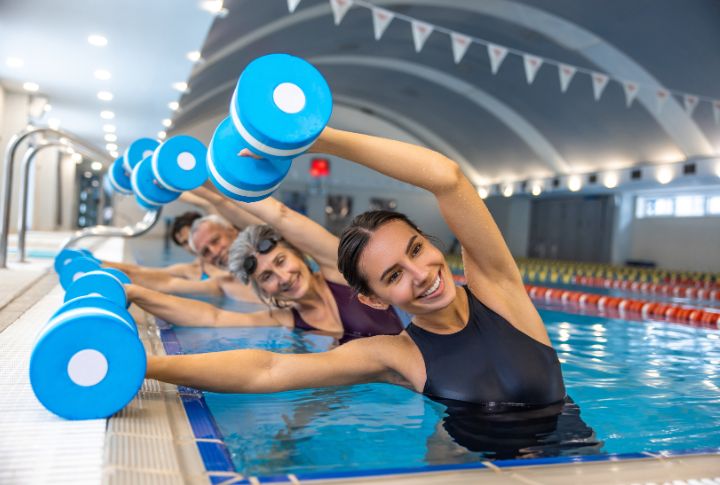
Water aerobics is exciting and significant for those with joint issues or arthritis. Water’s buoyancy reduces joint impact, making it gentle and safe. By providing resistance, water strengthens muscles and increases cardiovascular fitness. Water aerobics classes often focus on movements that enhance flexibility, range of motion, and overall wellness.
Yoga
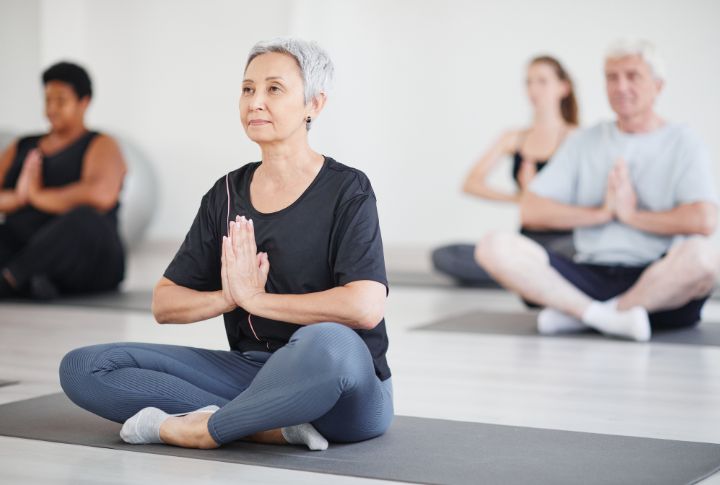
Among the aspects of yoga are meditation, breathing techniques, and physical postures. For the elderly, it’s particularly beneficial since it improves flexibility, balance, and strength, all of which are critical for preserving mobility and preventing falls. Yoga also promotes relaxation and reduces stress, positively impacting overall well-being.
Tai Chi
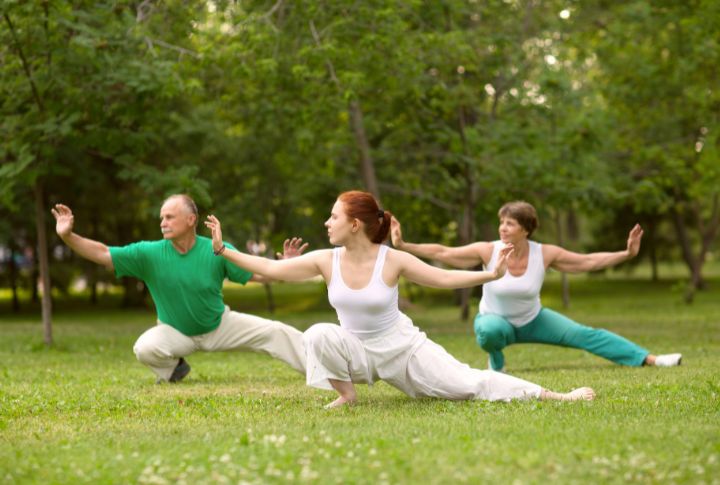
The gentle martial art of Tai Chi is often called “meditation in movement” as it focuses on slow, controlled movements and deep breathing. It builds balance, flexibility, and strength, which helps older adults to maintain mobility and prevent falls. Consistent practice can reduce stress and increase mental clarity.
Chair Yoga
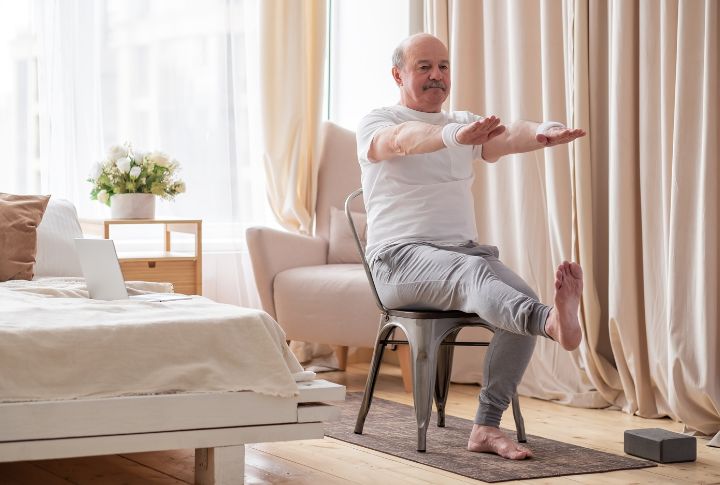
In chair yoga, you sit or use a chair to support your body. It’s an excellent option for those with limited mobility or balance issues. This variant offers similar benefits to traditional yoga, and many poses of the conventional variant can be adapted.
Strength Training
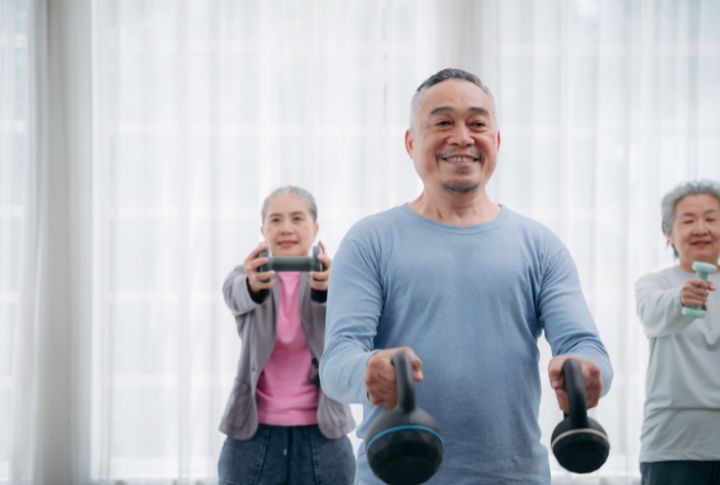
Seniors can pick up muscle strength and endurance using light weights, resistance bands, or bodyweight exercises. Strong muscles are essential for everyday tasks such as carrying groceries and climbing stairs. Strength training prevents age-related muscle loss and osteoporosis.
Cycling
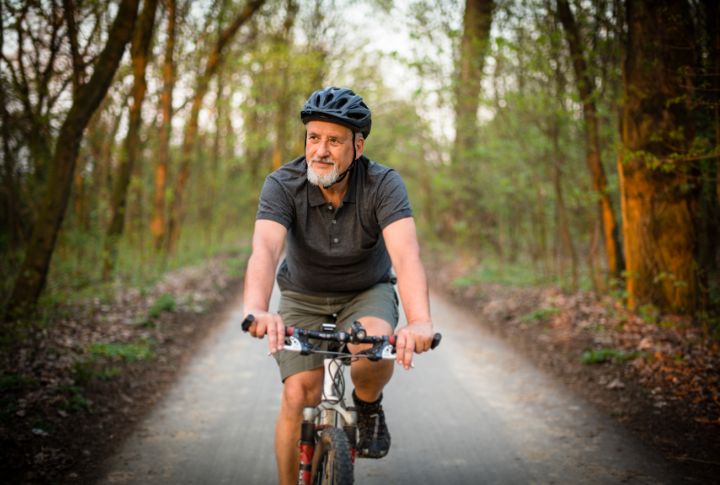
This low-impact exercise provides a cardiovascular workout while being gentle on the joints. It can be done outdoors or using a stationary bike indoors, and it boosts heart health, heightens endurance, and strengthens leg muscles. Cycling is a convenient mode of transportation and can be incorporated into daily activities.
Dancing
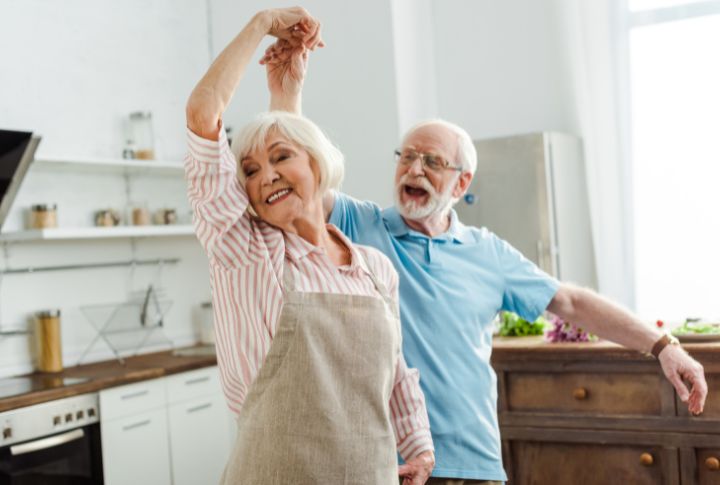
The rewards of dancing include enhanced balance, coordination, and cardiovascular fitness. Multilateral muscle engagement occurs as it engages the entire body. It enhances flexibility and stimulates the brain by requiring coordination and memory recall of dance steps and routines.
Stretching
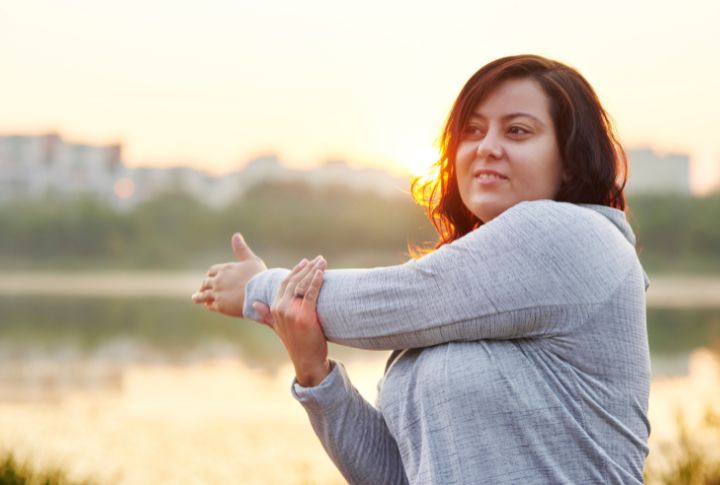
Regular stretching exercises are essential for maintaining flexibility, reducing muscle stiffness, and preventing injuries. Performing stretches increases the joint range of motion, which is a plus for those who may experience age-related stiffness or joint pain. Focus on major muscle groups, including the calves, hamstrings, quadriceps, chest, shoulders, and back.
Pilates

This mind-body exercise system focuses on core strength, stability, and body awareness. It emphasizes controlled movements, proper alignment, and breathwork to aid posture, balance, and muscular strength. These exercises target the deep abdominal, back, hip, and pelvic muscles, which are necessary for maintaining a strong and stable core.
Swimming
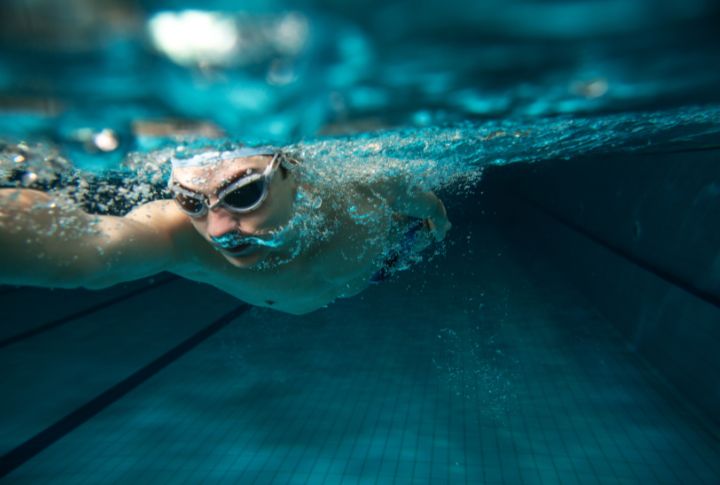
A full-body workout that is gentle on the joints, swimming is ideal for older adults. It helps with cardiovascular fitness, strength, and flexibility while reducing the risk of injury. Swimming builds endurance and can be a relaxing and enjoyable exercise.
Gardening

Gardening is a productive and enjoyable way for the elderly to stay active. Digging, planting, weeding, and watering engage various muscle groups and raise flexibility and strength. Gardening has mental health benefits, including stress reduction, anxiety reduction, and self-esteem enhancement.
Golf
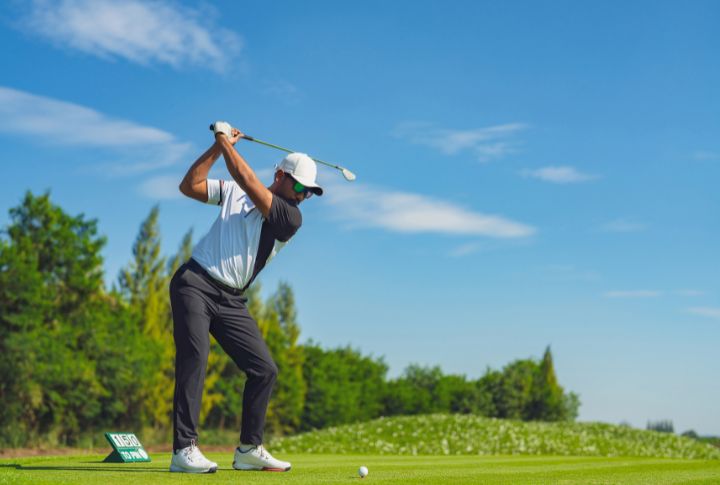
Beyond being a popular recreational activity, it offers physical and mental rewards for seniors. Walking the course, swinging the club, and pulling a golf bag all provide cardiovascular exercise and strengthen muscles. Golf requires focus, concentration, and coordination, which can improve cognitive function.
Stair Climbing
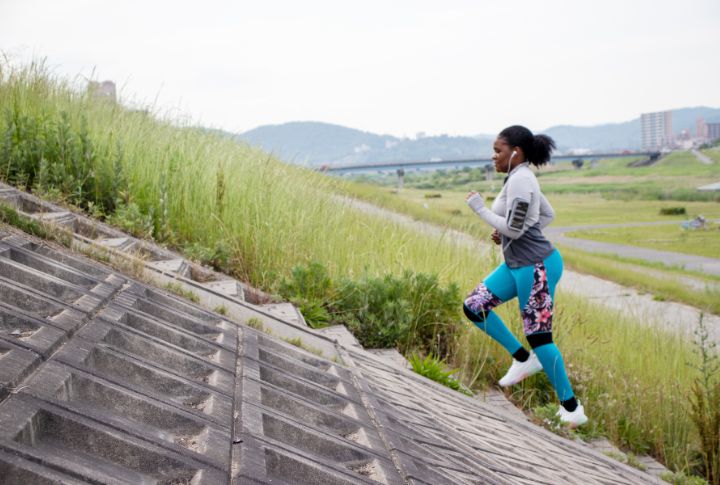
Incorporating stair climbing into your plan is an excellent way to boost cardiovascular fitness, lower body strength, and balance. Climbing stairs engages major muscle groups such as the quadriceps, hamstrings, glutes, and calves, helping to build strength and endurance. It provides a cardiovascular workout, increasing heart rate and improving circulation.
Heavy Bag Carrying

Carrying heavy groceries or luggage can provide a functional and practical form of strength training. Lifting the weight engages muscles throughout the body, including the arms, shoulders, back, and core. Use your legs rather than your back when lifting and progress from light items to heavier ones.

Comments
Loading…